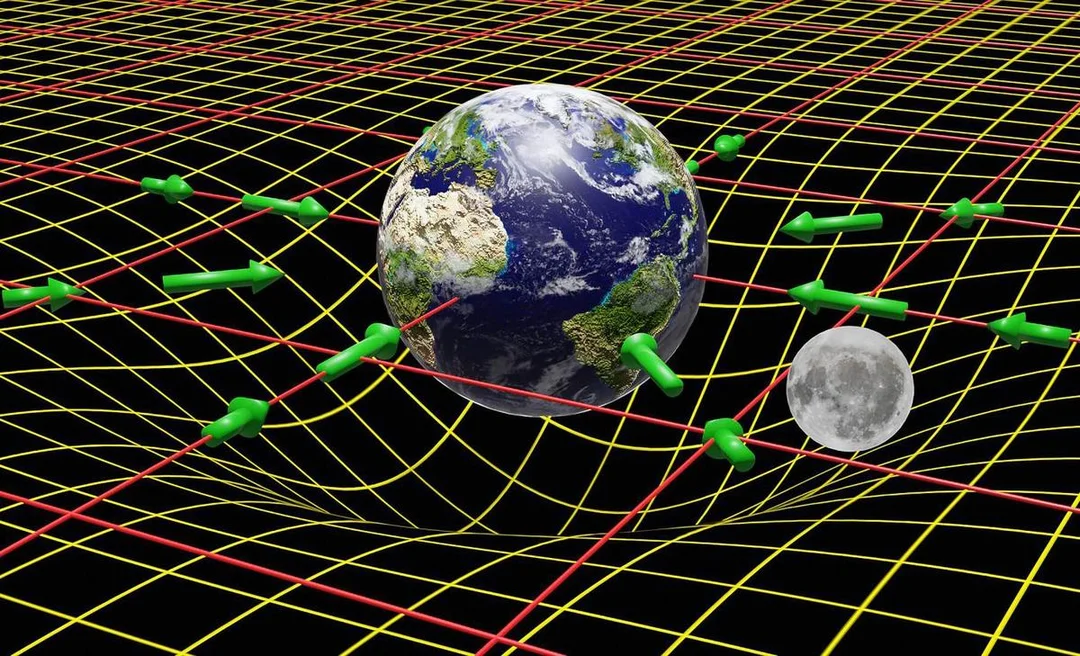
New Theory Bridges Gravity and Quantum Mechanics, Paving the Way for a ‘Theory of Everything’
For decades, physicists have grappled with the elusive quest to unify all fundamental forces of nature under a single, elegant framework – a so-called "Theory of Everything." Now, a groundbreaking discovery by researchers at Aalto University offers a promising step toward bridging the gap between gravity and quantum mechanics, two seemingly incompatible pillars of modern physics.
The challenge lies in the fundamental differences between how these forces are described. Quantum mechanics excels at explaining the behavior of particles and fields at microscopic scales, while Einstein's theory of general relativity paints gravity as a smooth curvature of spacetime, governing the cosmos at large. Reconciling these viewpoints has proven notoriously difficult, often leading to mathematical inconsistencies.
Aalto University physicists Mikko Partanen and Jukka Tulkki have proposed a novel approach: embedding gravity within a gauge theory, a framework that successfully describes the other three known forces – electromagnetism, the strong force, and the weak force. Their findings, published in Reports on Progress in Physics, introduce an eight-dimensional mathematical space where gravity can coexist with these forces.

"If this turns out to lead to a complete quantum field theory of gravity, then eventually it will give answers to the very difficult problems of understanding singularities in black holes and the Big Bang," explains Partanen.
The key to their approach lies in symmetry. By choosing a symmetry that mirrors the Standard Model – the prevailing theory of particle physics – they aim to avoid conflicts with established physics. This shared symmetry allows gravity to be described using equations similar to those governing the interactions between electrons and light.
According to Tulkki, "When we have particles which have energy, the interactions they have just because they have energy would happen through the gravitational field." In essence, energy, rather than mass alone, becomes the charge that gravity responds to in this model.
The eight-dimensional space introduces an intriguing concept: a "spacetime dimension field" that bridges the gap between the theory's mathematics and the four-dimensional universe we experience. This ensures that the theory aligns with the equivalence principle, which dictates that objects fall at the same rate regardless of their mass.
While the implications of this research are still being explored, it offers a glimmer of hope for resolving some of the most profound mysteries in physics. As Partanen notes, a unified theory could provide insights into phenomena such as the imbalance between matter and antimatter in the universe.

However, the journey is far from over. The researchers acknowledge the need for further validation, including proving that the renormalization process – a technique used to eliminate infinities in calculations – holds true at all levels. Independent teams will also be crucial in testing the theory's predictions against experimental data.
Will this new approach unlock the secrets of black holes, the Big Bang, and the fundamental nature of reality? Only time and further research will tell. But for now, it represents a significant stride toward a more complete and unified understanding of the universe.
What do you think about this new theory? Share your thoughts and perspectives in the comments below.